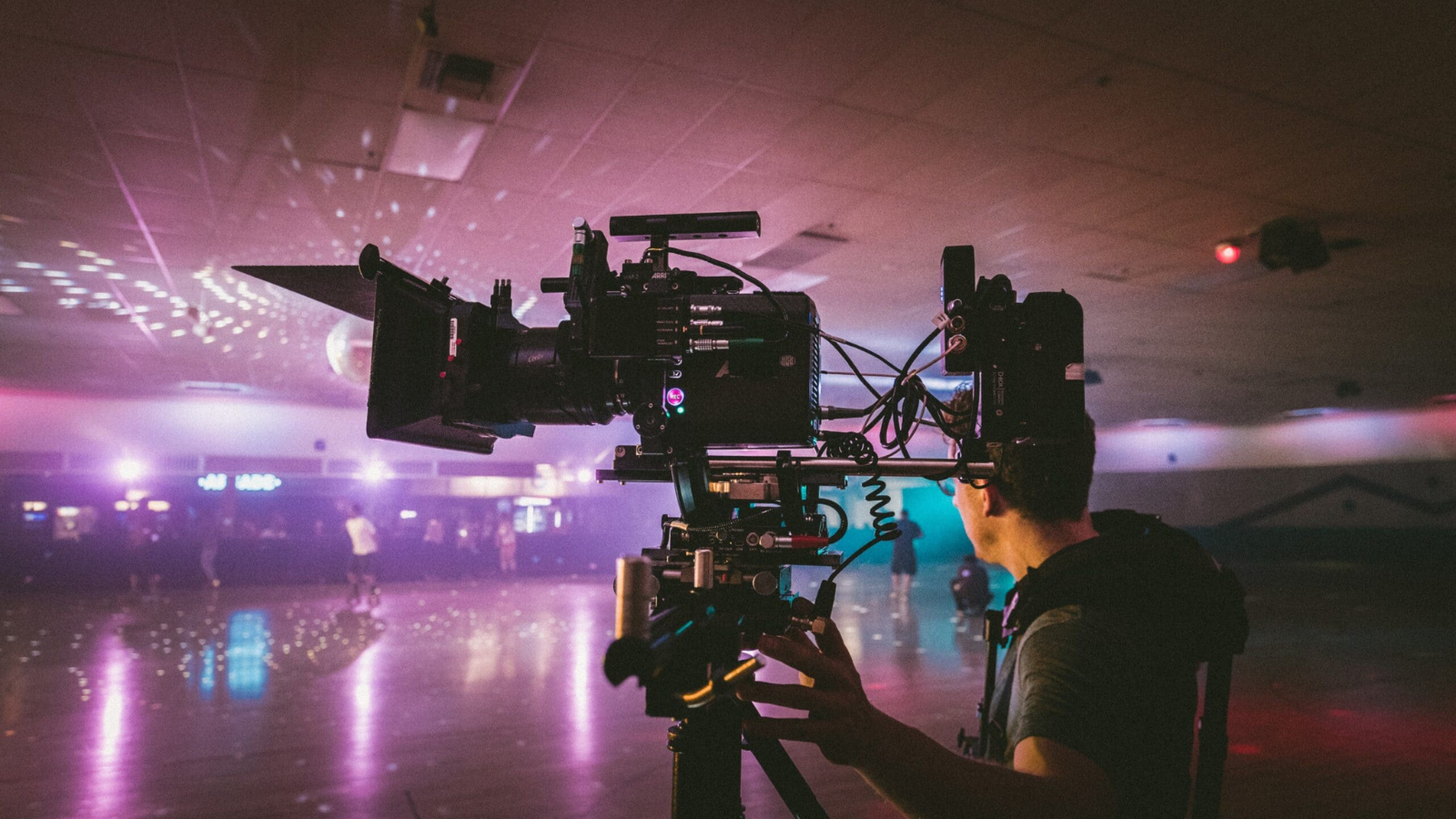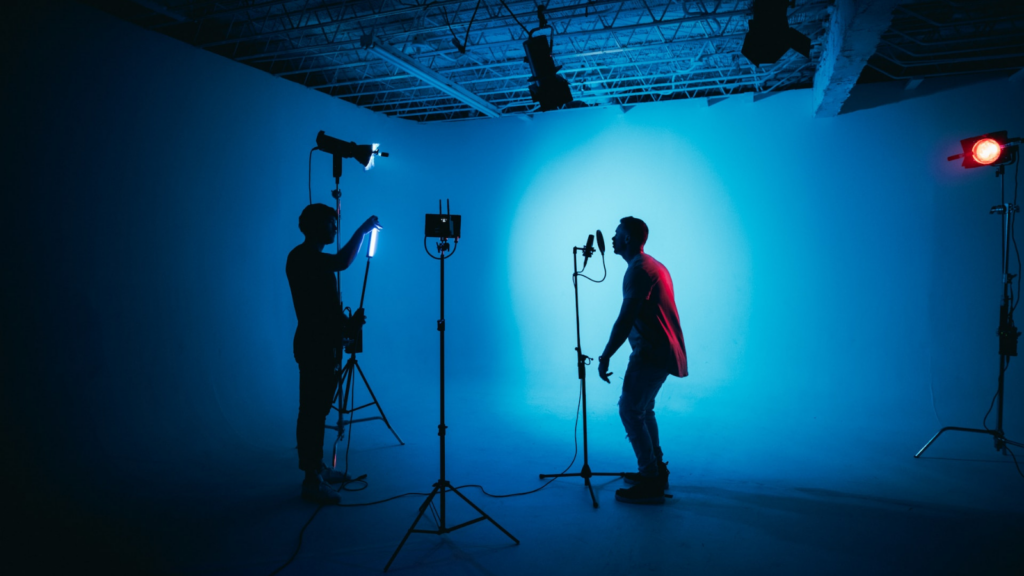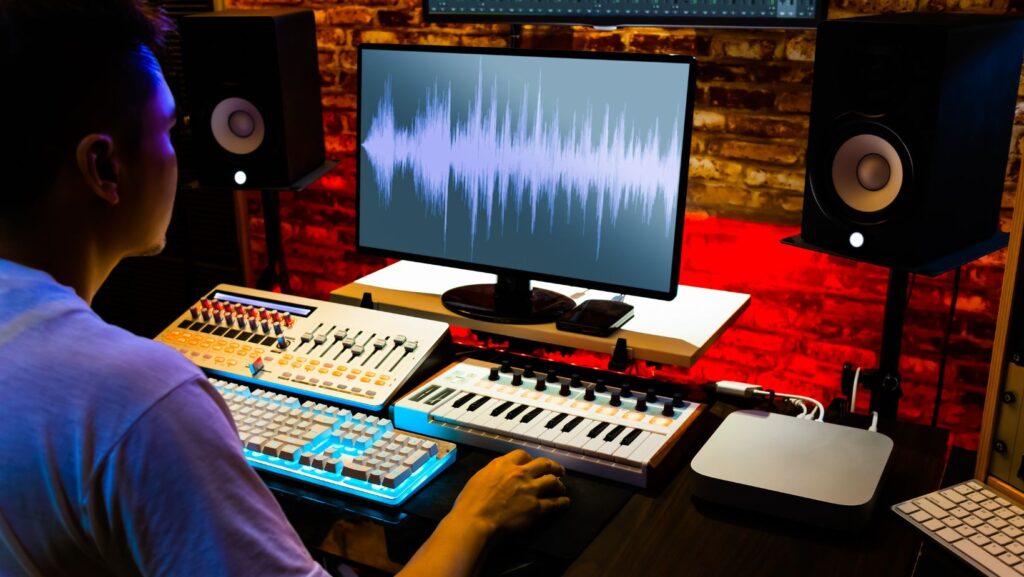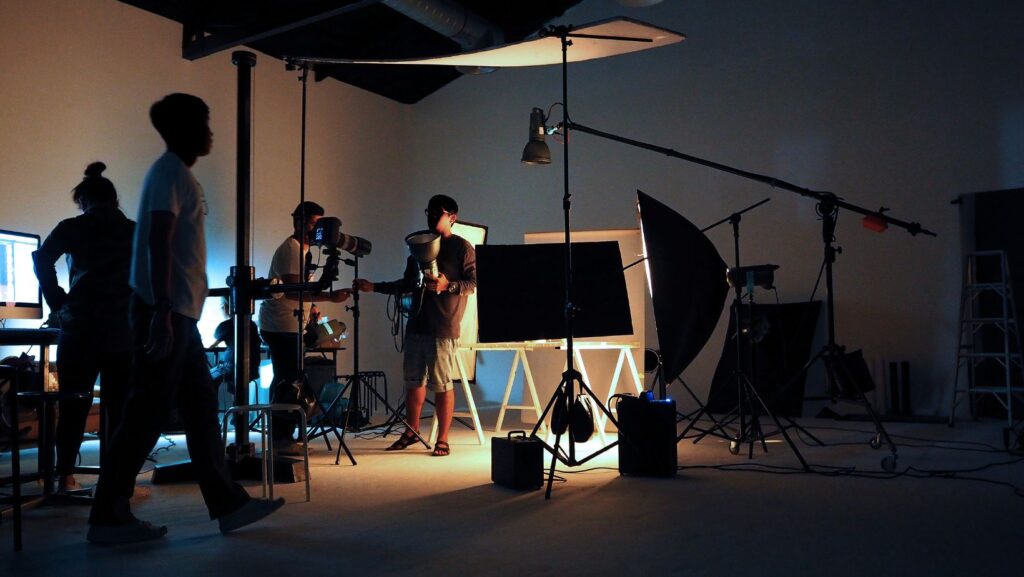The world of music video production is a blend of creativity, technical prowess, and storytelling. It’s a dynamic industry where art meets technology, and where the melody of a song is brought to life through visually captivating sequences.
In this digital age, music videos aren’t just an accessory to a song, they’re a powerful tool that can amplify an artist’s message and reach. They’re the canvas on which musicians paint their stories, using colors of light, shadow, and motion.
Music Video Production
In the compelling arena of music video production, certain key roles stand as paramount to delivering the final product. Here, a few get examined closely in terms of their responsibilities, scope, and contribution to the overall process.
The Role of the Director in Music Video Production

A directing role in music video producation encapsulates numerous tasks. They interpret the song’s narrative, concept, and themes, transforming them into a screenplay. They make key decisions regarding the style, aesthetics, and meta elements of the video. Directors provide the definitive, artistic vision, conveying it to the cast and crew members.
As the backbone of any music video production, a producer manages both the financial and logistical aspects. They’re responsible for determining and maintaining the overall budget, laying down schedules, and coordinating operations between different departments. They ensure smooth progress by dealing with obstacles, should any arise.
The Role of the Cinematographer in Music Video Production
A business card for a song, a music video often leans heavily on visual grandeur. That’s where the cinematographer steps in. They create the look and feel of the video by deciding the lighting, grading, and shooting techniques. Every scene’s visual nuances, aesthetics, and dramatic impact fall under their purview.
Music Video Production Equipment and Techniques
Entering the technical realm of music video production, it’s time to explore the fundamental equipment used and the revolutionary techniques implemented to bring a musical vision to life.
Essential Equipment for Shooting Music Videos
The metamorphosis of a song into a visual spectacle requires apt tools. At the core of almost every shot lies the camera, an indispensable piece. Cinematographers lean heavily on Digital Single-Lens Reflex (DSLR) and Mirrorless Interchangeable-Lens Cameras (MILC), famed for their compact size, versatility, and resilient video quality. Notable examples are the Canon EOS 5D for DSLRs and the Sony Alpha A7III for MILCs, both offering high-resolution video capture.
Next in line is sound and lighting gear. A crystal clear recording of audio redefines quality, in turn urging the use of proper microphones and audio mixers such as the Zoom H6 Handy Recorder. To set the mood and enhance visuals, lighting stands as a powerful ally.
Innovations and Advanced Techniques in Music Video Production

Technological evolution continues to push the envelope by introducing ground-breaking techniques in music video production. A prime example would be the exploitation of Visual Effects (VFX). VFX has led to surreal cinematic aesthetics, evident in videos like Björk’s “The Gate” where her body transforms into a kaleidoscopic world, or Travis Scott’s “SICKO MODE” showcasing a supernova-like explosion of psychedelic images.
Moreover, innovative camera movements and angles have elevated videos to new heights. Examples include drone shots for aerial views or the incorporation of a rover, like in Billie Eilish’s “Therefore I Am” moving through an empty mall.
Lastly, with the recent boom in virtual and augmented reality technologies, music video production is witnessing an enhanced immersive experience. The use of Mixed Reality (MR) in Gorillaz’s “Saturnz Barz” enabled viewers to navigate the animated world at their will.
Need To Know About Music Video Production
Music video production landscape is ever-evolving. It’s a dynamic blend of creativity and technical prowess, where roles like the Director, Producer, and Cinematographer work together to craft compelling visual narratives. Advanced techniques such as VFX and innovative camera movements are pushing the boundaries of what’s possible. The integration of virtual and augmented reality technologies is also opening new avenues for artistic expression. As the industry continues to innovate, the future of music video production holds limitless potential for visual storytelling.



